Search Images
Browse Content (p. 171)
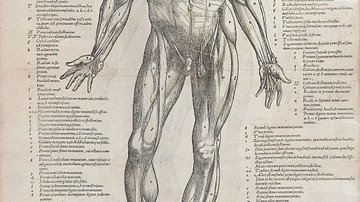
Image
Page from On the Fabric of the Human Body
An intricately labelled diagram of the human muscles from Andreas Vesalius' (1514-1564) celebrated book on anatomy, On the Fabric of the Human Body, first published in 1543. (Wellcome Images)
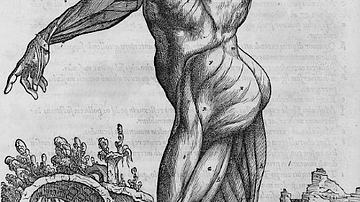
Image
The Human Muscles from On the Fabric of the Human Body
A diagram of the human muscles from Andreas Vesalius' (1514-1564) celebrated book on anatomy, On the Fabric of the Human Body, first published in 1543. (University of Amsterdam Collection)
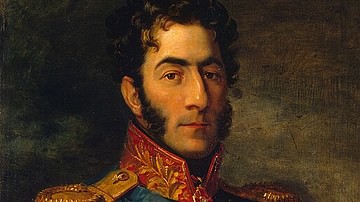
Image
Prince Peter Bagration
Prince Peter Bagration (1765-1812), a Russian general of Georgian origin who served during the Napoleonic Wars (1803-1815). He commanded one of Russia's main armies during Napoleon's invasion of Russia and was mortally wounded at the Battle...

Image
Kutuzov and His Staff Decide to Retreat from Moscow
After the Battle of Borodino, Russian Field Marshal Mikhail Kutuzov meets with his staff at Fili village on 13 September 1812. After a heated argument, Kutuzov decides to abandon Moscow in order to continue the war of attrition. Oil on canvas...

Image
Vesalius Dissecting a Human Body
The frontispiece of On the Fabric of the Human Body (1543) by Andreas Vesalius (1514-64). The anatomist is shown making a dissection of a human body. (National Library of Medicine)
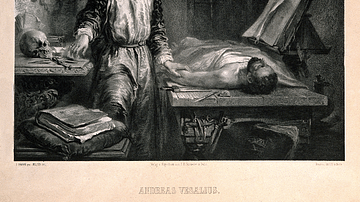
Image
Andreas Vesalius
A lithographic print showing the famed anatomist Andreas Vesalius (1514-64) about to dissect a human body. Lithograph by E. Milster after E. J. C. Hamman, 1849. (Wellcome Images)
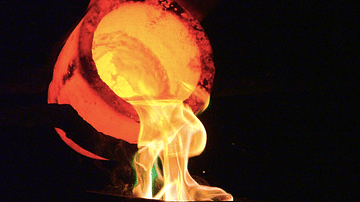
Image
Liquid Gold
A photograph of liquid gold in a refinery.

Image
The Alchemists by Pietro Longhi
A 1757 oil-on-canvas painting, The Alchemists, by Pietro Longhi. (Ca' Rezzonico, Venice)
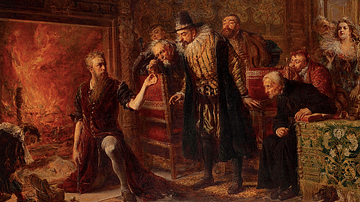
Image
The Alchemist Michael Sendivogius
An 1867 painting showing the Polish alchemist Michael Sendivogius (1566-1636) by Jan Matejko. (Museum of Art in Łódź, Poland)
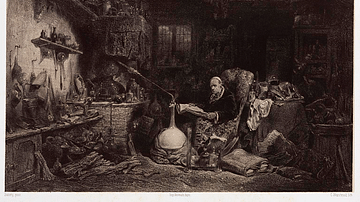
Image
The Alchemist by Nanteuil
A c. 1850 lithographic print, The Alchemist, by Celestin Nanteuil. The figure is in possession of the typical apparatus of alchemy such as a condenser and furnace. (Science Museum, London)